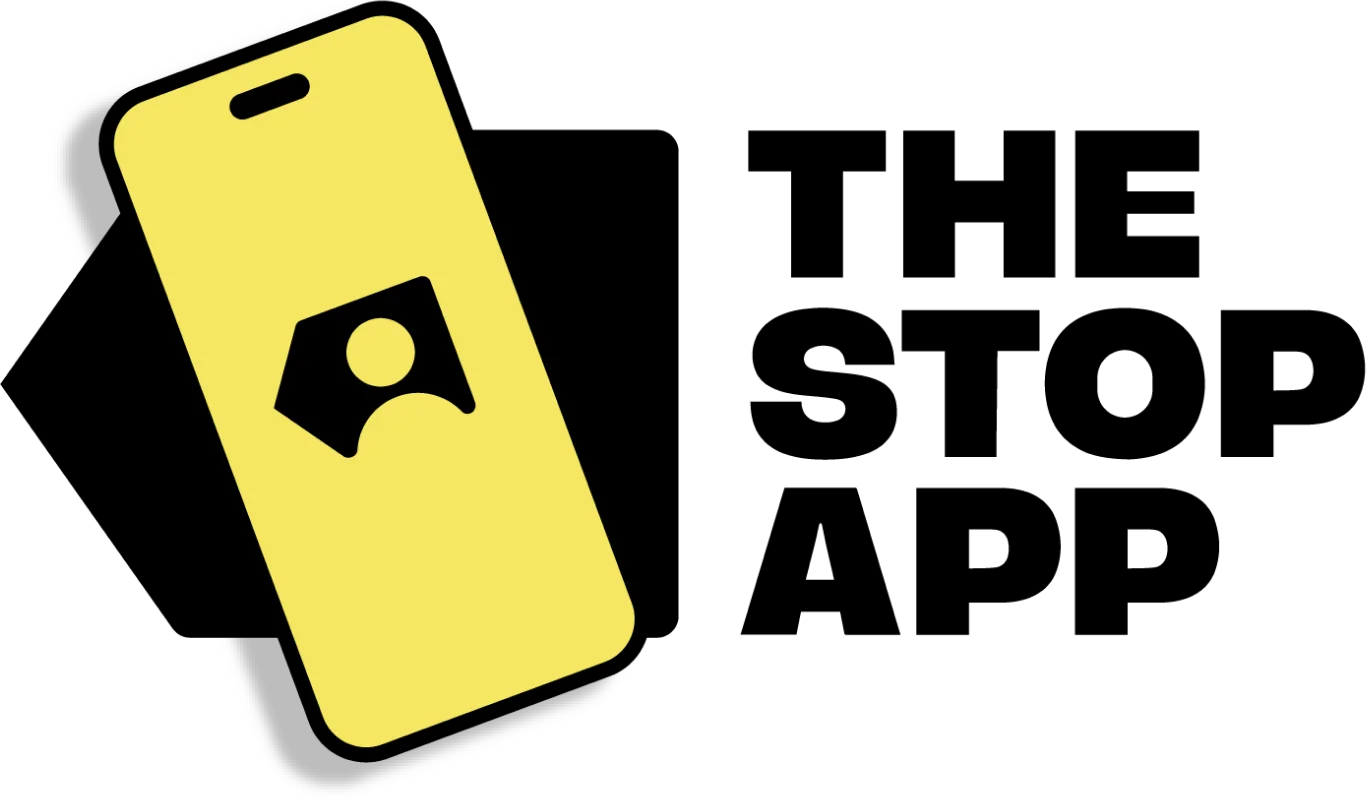You can come into contact with a victim of human trafficking without even noticing, but there can be some tell-tale signs. These can be physical, or less obvious. Information from the public is vital in the fight against modern slavery and human trafficking.
What does a victim of child trafficking look like?
 No trafficked child looks the same.
No trafficked child looks the same.
In the UK and across the world, children of all ages, genders and cultures are subjected to human trafficking and exploitation. Vulnerable children are targeted and moved both within countries and across borders.
Those trafficked into the UK are often taken from areas of poverty and made to go on dangerous journeys, travelling thousands of miles away from home with many being abused and exploited on the way. On arrival at their destination, the children can be coerced into cannabis cultivation, benefit fraud and forced begging. Others are forced into sexual exploitation or domestic servitude.
“Children do not realise what’s happening to them is wrong.”
In the UK, an increasingly high profile form of child trafficking is County Lines. This involves predominantly British children being groomed by their exploiters who then coerce them into buying and selling drugs, often across the country. The exploiters purposefully prey on the most vulnerable children and teenagers, grooming them and gaining their trust over time, often by giving them expensive items such as designer clothes and mobile phones, before forcing them to deal drugs to pay back the ‘debt’ that they have incurred.
Children do not realise what is happening to them is wrong. They may be too fearful to speak out as they have become reliant on their traffickers to feed and clothe them. They may also have been subjected to physical, sexual and emotional abuse or do not know where to turn for help.
Children who have been trafficked from outside of the UK often speak little or no English, making them even more isolated and dependent on those exploiting them.
How can I spot the signs of child trafficking?
Children are among the most vulnerable members of society and while it is difficult to recognise that an adult is a victim of trafficking, being able to identify a trafficked child can be even harder.
There are signs you can look out for which may indicate that a child is being trafficked. Ask yourself:
How does the child look?
- Does the child look dishevelled or are they dressed in clothes that they could not afford to buy?
- Is the clothing the right size for the child and is it appropriate for the weather?
- Are there any signs of physical abuse such as bruising or red marks?
- Are there any visible tattoos that may suggest they are associated with a gang?
How does the child act?
- Does the child avoid eye contact?
- Do they appear scared or fearful of other adults and children?
- Is the child aggressive towards people in a position of authority?
Is the child with an adult?
- If accompanied, does the adult appear to be controlling the child through speaking or interpreting for them?
Where is the child?
- Does the child seem out of place, given the time of day or night?
What if the child is known to you?
- If you already know the child, you may see a change in their behaviour. This can range from becoming withdrawn and reluctant to talk, to being aggressive and fearful of others.
- Do any of the child’s family members appear to control their movements?
- Are they always accompanied by an adult, despite previously having the freedom to move?
- Has the child been taken out of school?
- Have any new children recently moved into the family home?
What can you do to help?
In the UK, if you suspect that a child is being trafficked and believe that they are at immediate risk call 999 as a matter of urgency.
Alternatively you can report your concern via 101 and clearly state that you believe the child is a victim of child trafficking.
Or contact the Modern Slavery Helpline on 08000 121 700.
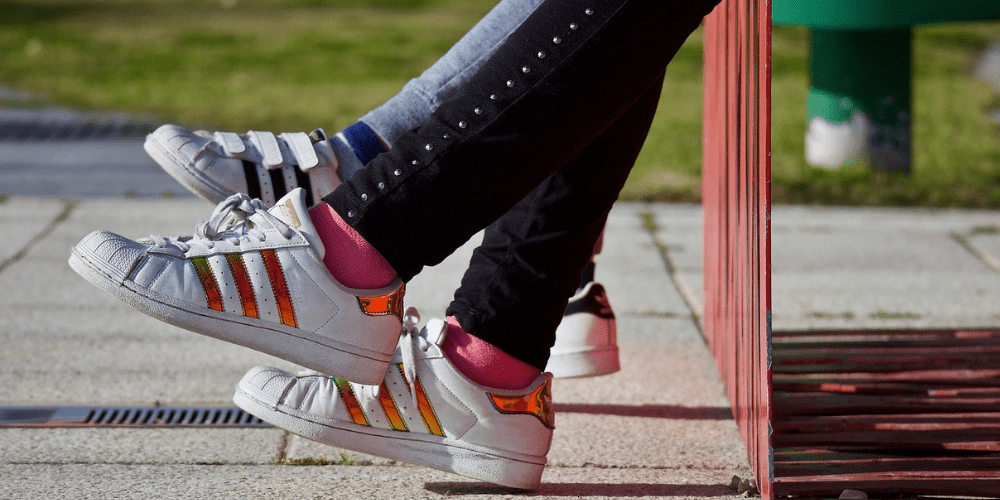
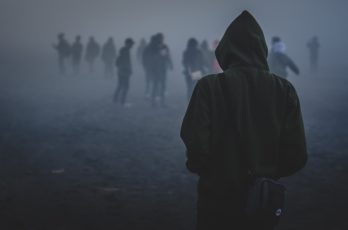
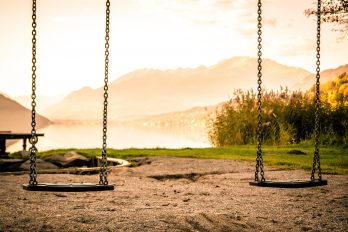
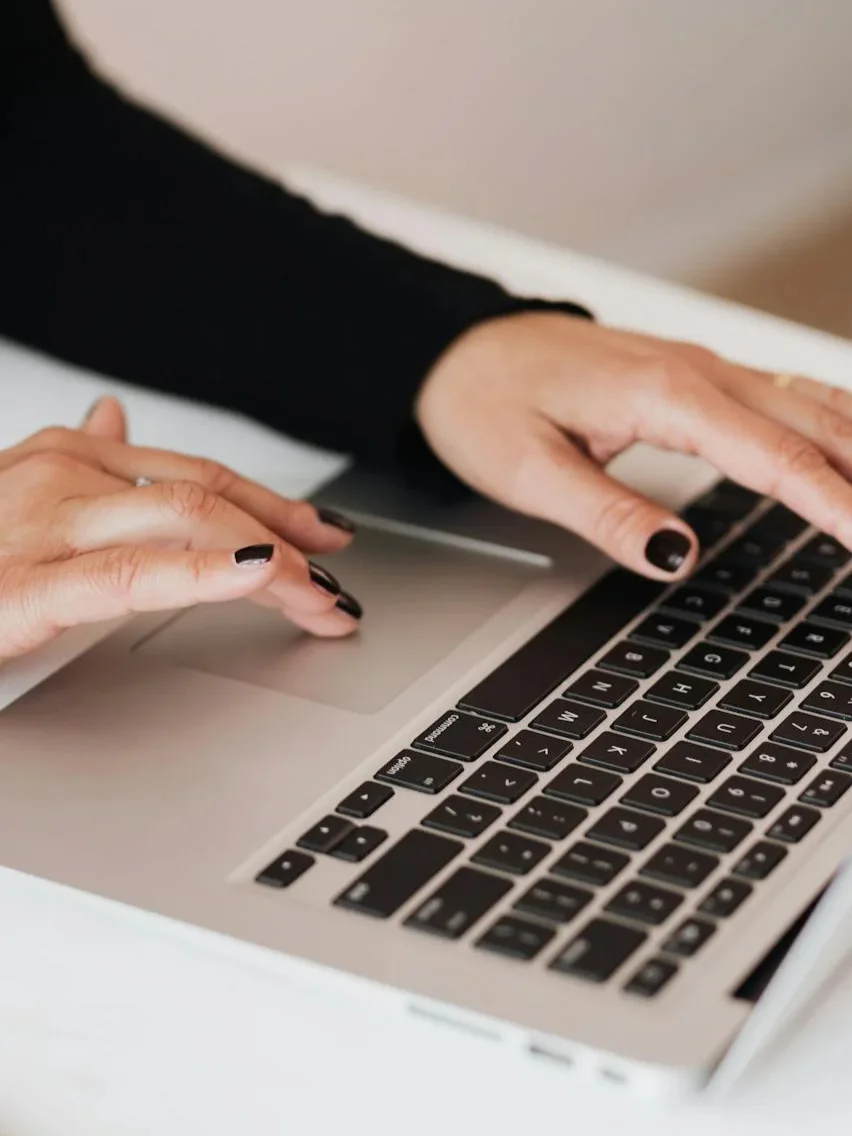 20.03.24
20.03.24
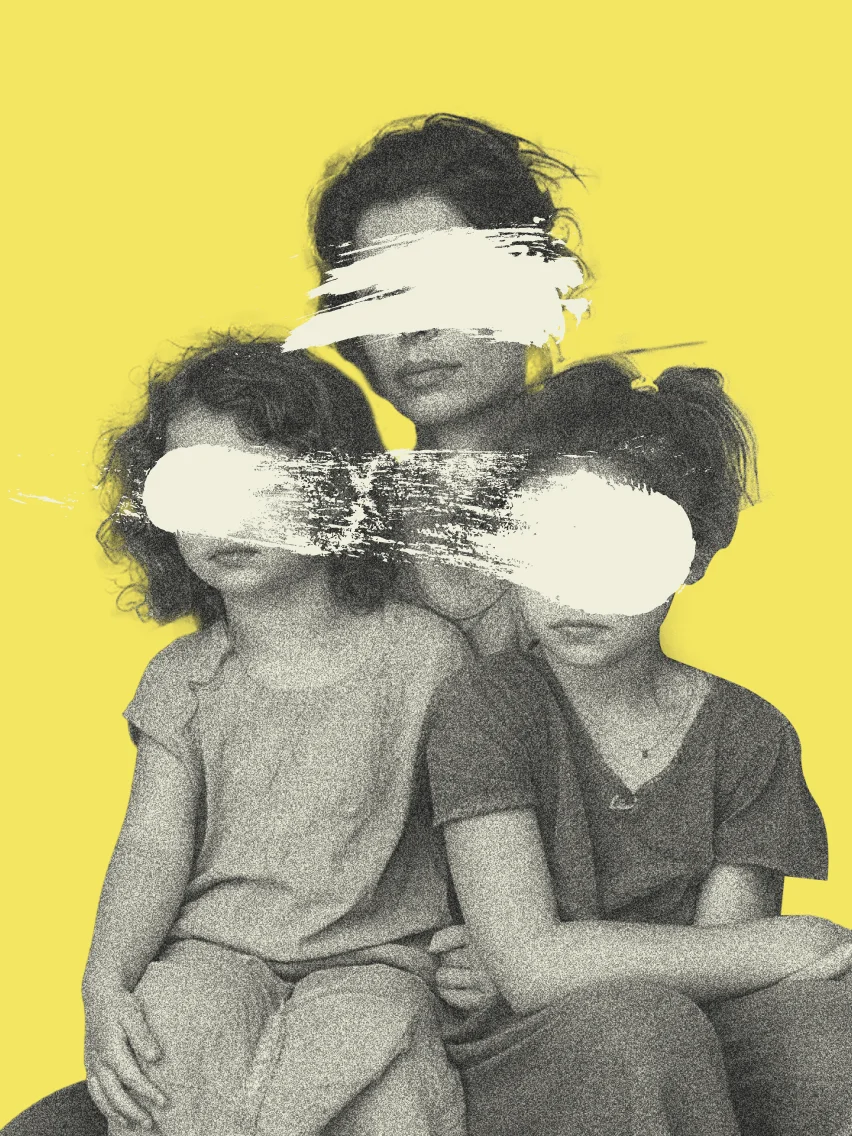 14.03.24
14.03.24
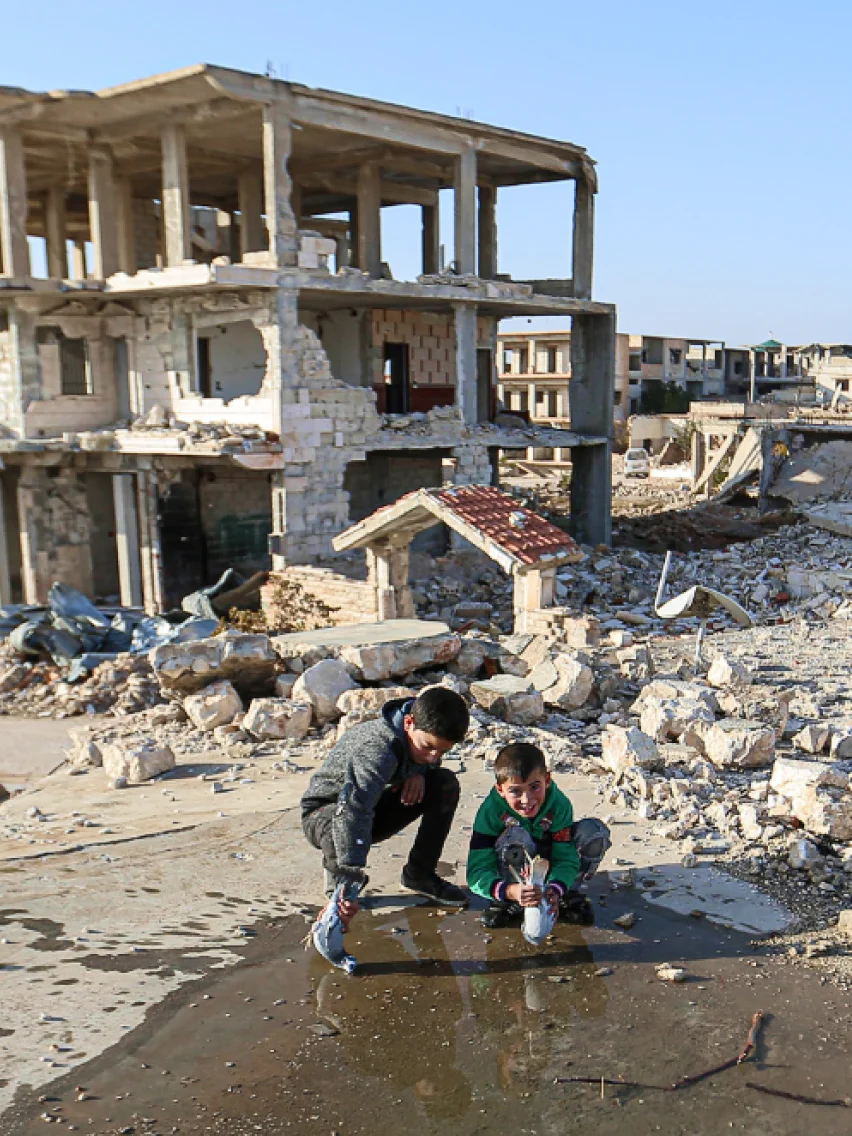 01.03.24
01.03.24
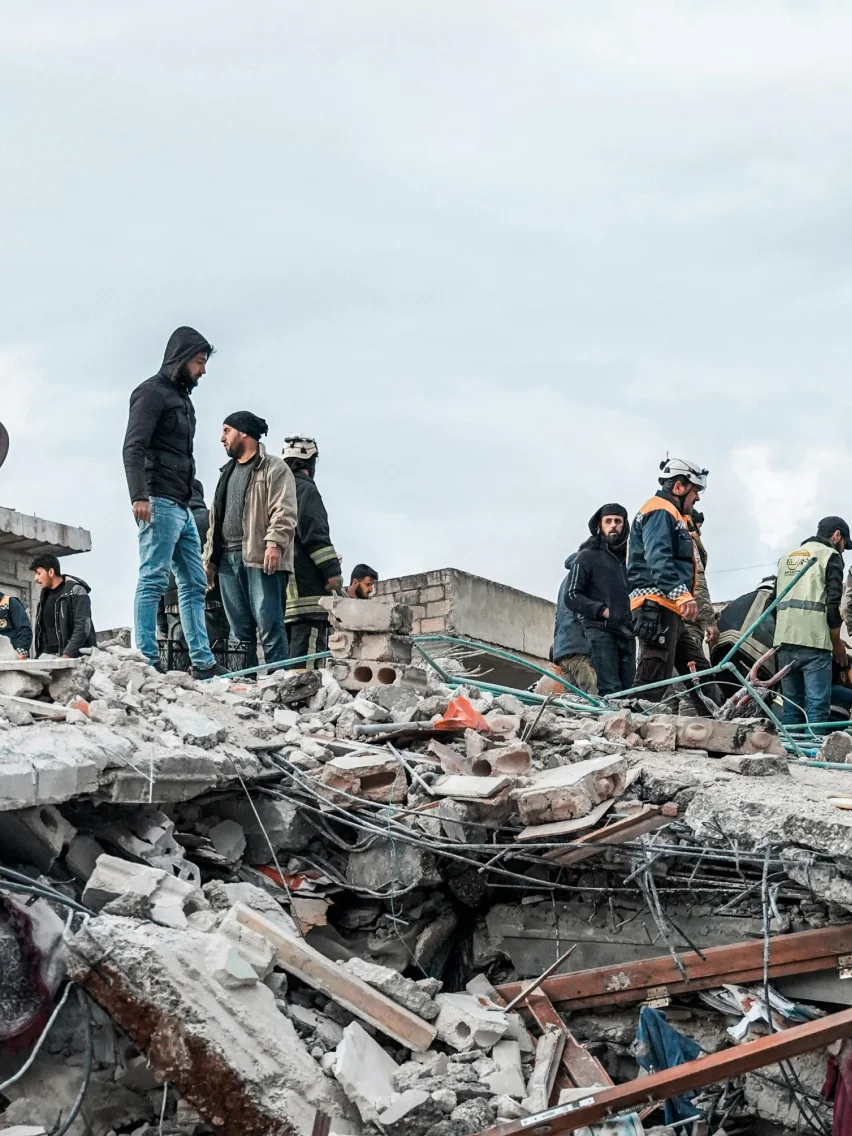 09.02.24
09.02.24
